October 10, 2024
Significance of 5 days of Diwali
CM Content Team

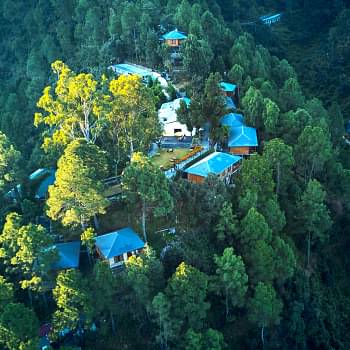
View all
140+
Resorts
October 10, 2024
CM Content Team
Diwali, also known as Deepavali, is much more than a festival. It's a radiant celebration of victory over darkness, of good triumphing over evil, and of the return of hope, prosperity, and spiritual clarity. Every year, millions across India and the world eagerly await this glittering festival, decorating homes with lamps, preparing sweets, and coming together in joyous harmony.
But Diwali is not just one day of celebration; it’s a five-day festival, each day carrying deep cultural, spiritual, and historical meaning.
As we look forward to Diwali 2025, it's the perfect time to understand the significance of the 5 days of Diwali, how each day is celebrated, and why this ancient tradition continues to hold immense importance in modern times.
Let’s explore the 5 days of Diwali 2025, their meaning, and how they illuminate different aspects of life.
The five days of Diwali in 2025 fall on the following dates:
|
Day |
Date |
Festival Name |
|
Day 1 |
October 18, 2025 (Saturday) |
Dhanteras |
|
Day 2 |
October 19, 2025 (Sunday) |
Choti Diwali / Naraka Chaturdashi |
|
Day 3 |
October 20, 2025 (Monday) |
Diwali / Lakshmi Puja |
|
Day 4 |
October 21, 2025 (Tuesday) |
Govardhan Puja / Annakut |
|
Day 5 |
October 22, 2025 (Wednesday) |
Bhai Dooj / Bhaiya Duj |
Each of these days holds its own sacred significance, rituals, and stories that tie into the larger significance of Diwali.

Date: October 18, 2025
Dhanteras marks the beginning of the Diwali festival. The word “Dhan” means wealth, and “Teras” refers to the 13th day of the lunar calendar. On this day, devotees worship Lord Dhanvantari, the god of Ayurveda, who is believed to have emerged from the ocean during the Samudra Manthan (churning of the ocean), bringing the gift of health and healing. It is also considered highly auspicious to purchase gold, silver, or new utensils, symbolising the invitation of wealth and abundance into the home. Many households begin their Diwali cleaning and decoration on this day, signifying the removal of negative energies. The lighting of the first diya on Dhanteras marks the symbolic start of five days of illumination, joy, and prosperity.
Dhanteras is more than material wealth. It’s about inviting prosperity, wellness, and good fortune into one's life and home. It sets the tone for the spiritual journey that unfolds over the next few days. The act of cleaning and decorating the house symbolises the removal of negative energies and the preparation to receive divine blessings.
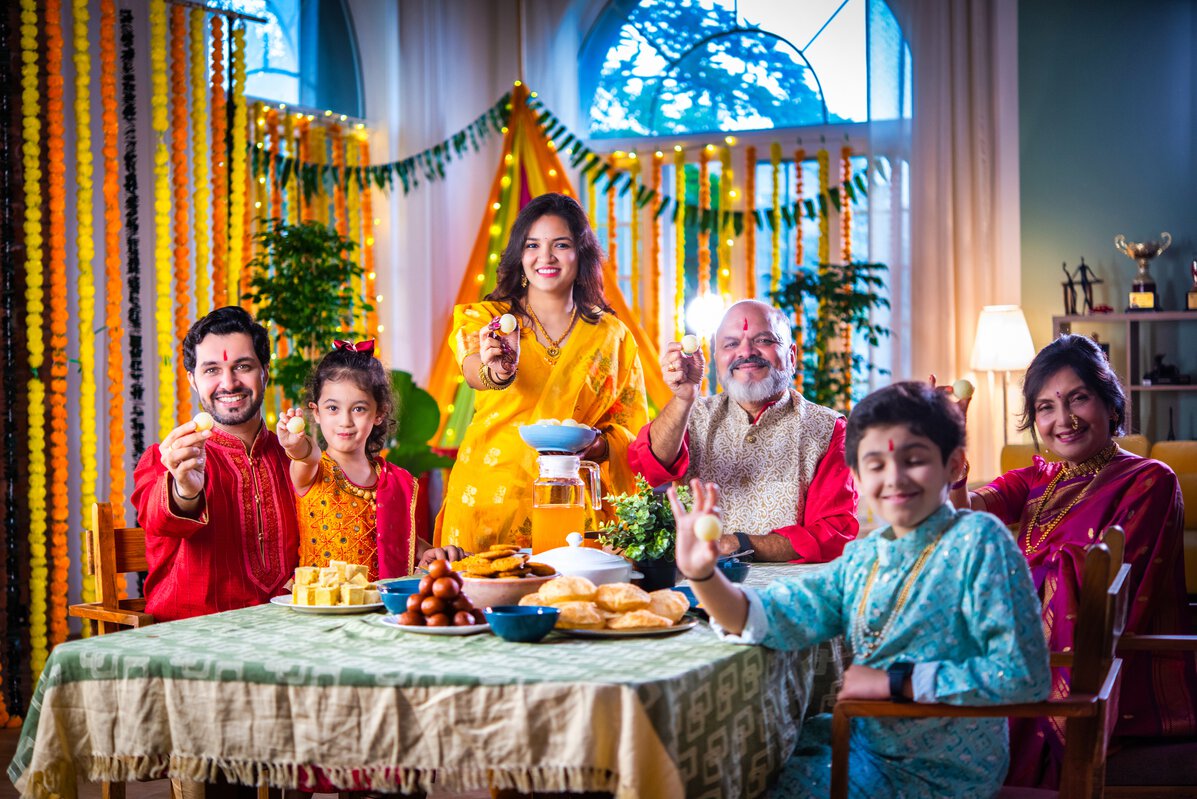
Date: October 19, 2025
Also known as Choti Diwali, this day commemorates the victory of Lord Krishna over the demon Narakasura. It symbolises the elimination of inner darkness and ignorance. Traditionally, people wake up before sunrise for a sacred oil bath, believed to purify the body and soul. Homes are decorated with lamps and rangoli, preparing for the grand celebrations of the next day. Families prepare festive sweets and light small fireworks to mark the triumph of good over evil. Choti Diwali serves as a gentle reminder to cleanse not just our surroundings, but also our thoughts and actions.
Choti Diwali emphasises spiritual cleansing, symbolised through the early morning bath. It’s believed that taking a holy bath and lighting lamps on this day purifies the body and mind, removing negativity. This ritual prepares individuals to receive the divine blessings of Diwali with a pure heart and renewed spirit. It also signifies the inner transformation required to move from ignorance to awareness.
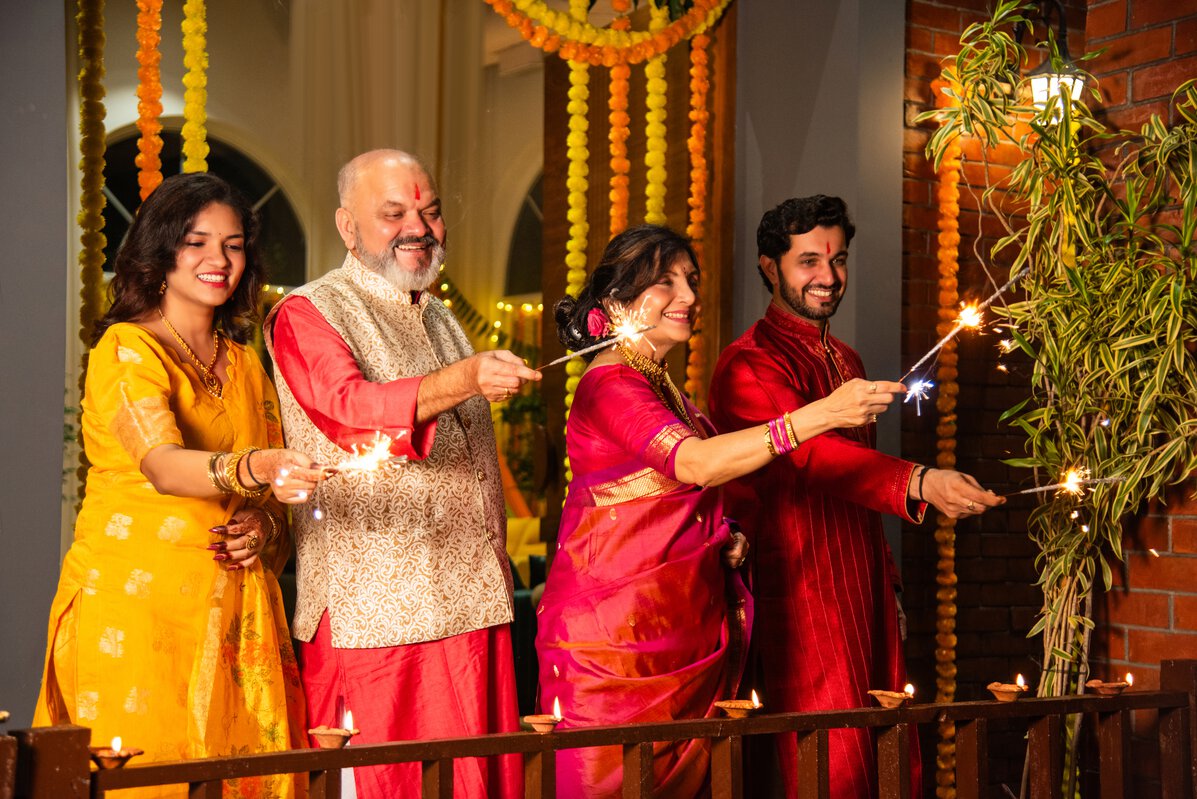
Date: October 20, 2025
This is the most important day of the Diwali festival and is celebrated with grandeur across India and beyond. This day marks the return of Lord Rama to Ayodhya after 14 years of exile and his victory over Ravana. In Gujarat, it marks the start of a new financial year, and in other parts of India, it’s the worship of Goddess Lakshmi, the goddess of wealth and prosperity. Homes are adorned with vibrant rangoli, candles, and strings of lights to welcome Lakshmi and usher in prosperity. Families gather in the evening for Lakshmi Puja, offering prayers for abundance, success, and harmony.
Lakshmi Puja is the heart of the festival. Devotees believe that on this night, Goddess Lakshmi visits homes and blesses those who have cleaned and decorated their spaces with love and devotion. This is a time for gratitude, financial blessings, and spiritual light. Families chant mantras, offer sweets, and light diyas to honour her presence and invite abundance.
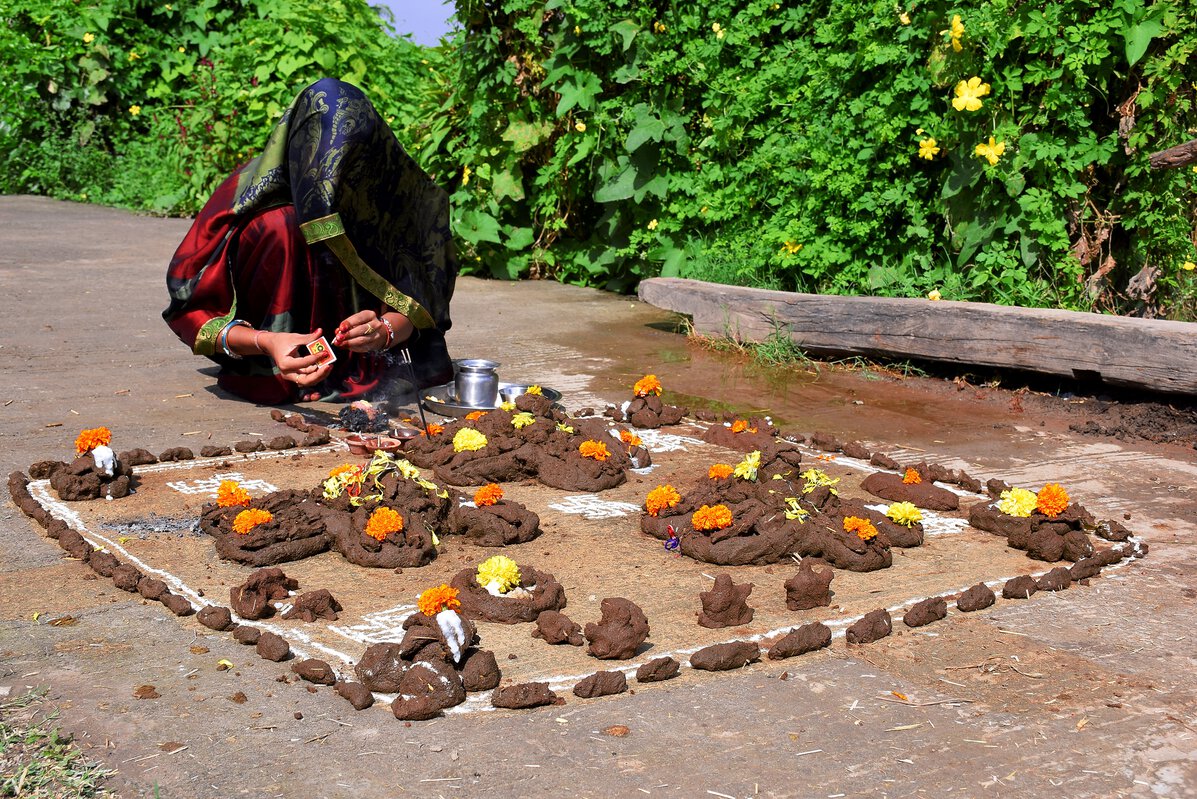
Date: October 21, 2025
The fourth day of Diwali is dedicated to Lord Krishna lifting the Govardhan hill to protect villagers from torrential rains, an act of shelter and care. This day is all about offering gratitude to nature and the divine for nourishment and protection. Devotees create small replicas of the Govardhan hill using cow dung, flowers, or food, and worship it with devotion. Special prayers and rituals are performed to honour Mother Earth, crops, and cattle, the sources of sustenance. It’s a reminder to live in harmony with nature and respect the ecosystems that support life.
Govardhan Puja is symbolic of humility, protection, and gratitude. It reminds us of our connection with nature, our dependence on it, and the importance of protecting it. The story of Lord Krishna lifting the hill teaches us that true strength lies in compassion and responsibility. This day encourages sustainable living and respect for all forms of life.
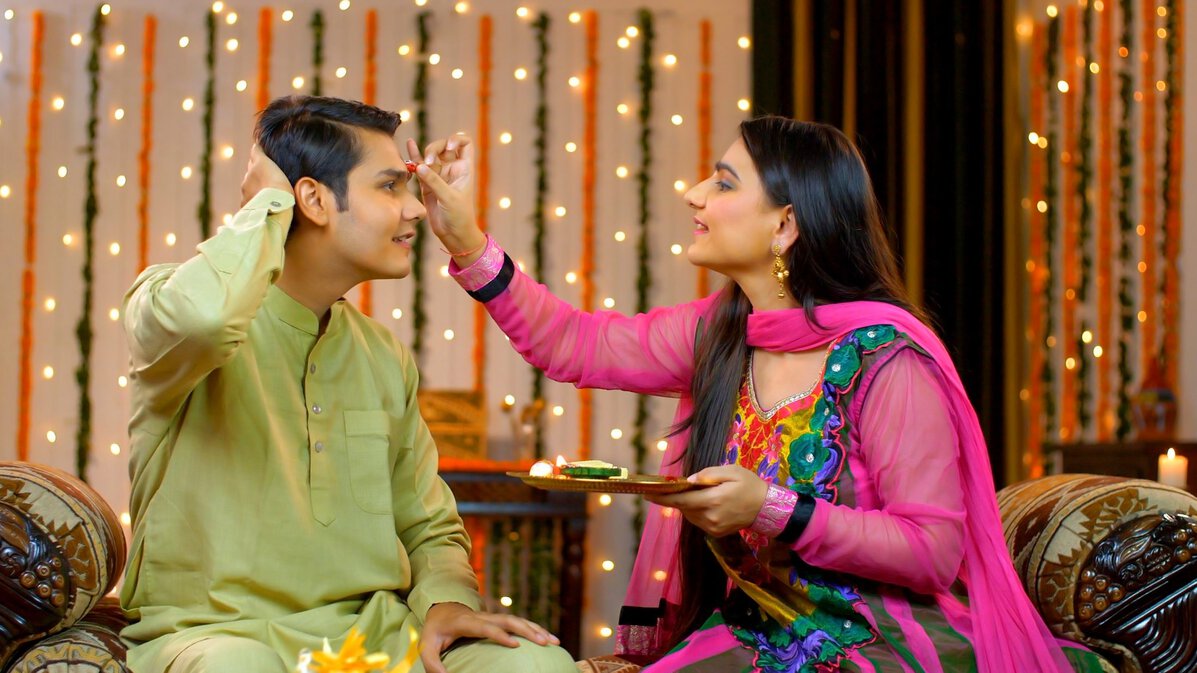
Date: October 22, 2025
The final day of the Diwali festival is all about the bond between brothers and sisters. It is believed that on this day, Yamraj (the god of death) visited his sister Yami, who welcomed him with love and aarti. He granted her a boon that any brother who receives a tilak from his sister on this day will be protected from evil and live a long life. This tradition celebrates the deep emotional connection, mutual respect, and lifelong support shared between siblings. It’s a day of heartfelt rituals, meaningful gifts, and reaffirming family ties.
Bhai Dooj highlights the value of family, relationships, and emotional protection. It's a beautiful reminder of love that transcends rituals, emphasising connection and unity. The celebration reinforces the importance of being present for one another, not just on festive days, but throughout life. In today’s fast-paced world, Bhai Dooj offers a moment to pause and appreciate the unbreakable bond between siblings.
The importance of Diwali goes far beyond rituals. It has spiritual, emotional, economic, and environmental layers:
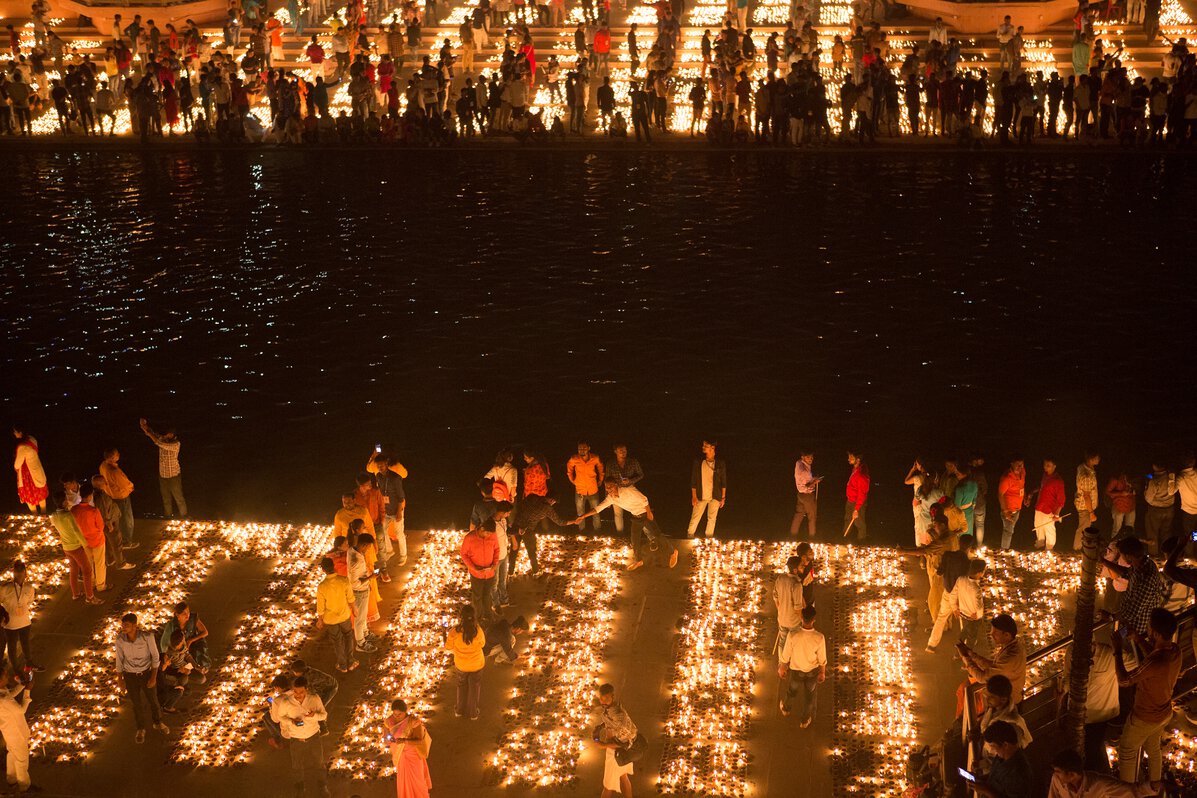
In Uttar Pradesh, the twin spiritual centres of Varanasi and Ayodhya showcase Diwali at its most divine and majestic. Varanasi glows during Dev Deepawali, when the ghats of the Ganga come alive with millions of diyas, Ganga Aarti, and soulful chants, creating a breathtaking spiritual spectacle.
Meanwhile, Ayodhya, the legendary home of Lord Rama, recreates his triumphant return with Ram Leela performances, grand processions, and deepdaan ceremonies along the Sarayu River. Together, these cities offer a profound blend of devotion, mythology, and dazzling light displays, making them unmissable for those wishing to witness the full significance of the 5 days of Diwali.
Where to stay:
Praveg Tent City Ayodhya Brahma Kund Resort in Uttar Pradesh offers a comfortable way to experience the sacred city during Diwali. Nestled near the holy ghats, the resort in Ayodhya combines modern comfort with a spiritual atmosphere. Guests can enjoy vibrant festivities while staying close to the heart of the city’s cultural and religious celebrations.
Jaipur transforms into a glowing masterpiece with every market, monument, and home bathed in lights. The city even holds a competition for the best-lit market, turning the entire place into a festival of colour and light. Traditional Rajasthani celebrations and shopping add to the grandeur of the 5 days.
Where to stay:
Club Mahindra Jaipur Resort in Rajasthan is the perfect getaway to experience the royal charm of the Pink City during Diwali. This resort in Jaipur offers a blend of traditional Rajasthani hospitality and modern comforts, making your festive stay memorable. Guests can enjoy local delicacies, cultural performances, and the city’s dazzling Diwali light displays.
In Ahmedabad, Diwali is both spiritual and commercial, marking the start of the new financial year for traders. The city is alive with Lakshmi Puja rituals, colourful rangolis, and sweets flooding every corner. The festivities seamlessly blend tradition with community celebrations across all 5 days.
Where to stay:
Club Mahindra Kensville Golf Resort in Ahmedabad, Gujarat, offers a serene retreat amidst lush greenery, perfect for a festive escape during Diwali. This resort in Ahmedabad combines comfort with leisure, featuring world-class golfing alongside warm Gujarati hospitality. Guests can enjoy the city’s vibrant Diwali markets and return to the resort’s peaceful ambience for relaxation.
Mysuru offers a southern flavour to Diwali, with temples adorned in flowers and homes lit with oil lamps. The city’s royal heritage adds charm, especially as the Mysore Palace glows in synchronised lighting. Celebrations here are more serene, with an emphasis on cultural rituals and family gatherings.
Where to stay:
Club Mahindra Golden Landmark Resort in Mysuru, Karnataka, offers a tranquil stay to soak in the city’s festive charm during Diwali. This resort in Mysuru blends comfort with Mysuru’s cultural elegance, creating the perfect balance of relaxation and celebration. Guests can explore the illuminated Mysore Palace and return to the resort for warm hospitality and traditional delicacies.
A Club Mahindra membership opens the doors to magical holidays across the globe. With access to over 140+ Club Mahindra resorts worldwide, members can enjoy unique experiences in India and international destinations alike. From festive getaways during Diwali to serene retreats in nature, every stay is designed to create lasting memories. It’s not just a holiday plan; it’s a lifetime of unforgettable experiences with family and loved ones.
Diwali is not just a festival; it’s a reminder. A reminder that no matter how dark the world may seem, there is always a light within us waiting to shine. The 5 days of Diwali are not only sacred, they are symbolic of everything that matters: health, wealth, gratitude, love, and the triumph of good.
As we prepare for Diwali 2025, may we carry forward the spirit of this beautiful celebration in our homes, hearts, and communities. Wishing you and your loved ones a joyful, peaceful, and prosperous Diwali!
Mahindra Holidays & Resorts India Ltd. (MHRIL), a part of Leisure and Hospitality sector of the Mahindra Group, offers quality family holidays primarily through vacation ownership memberships and brings to the industry values such as reliability, trust and customer satisfaction. Started in 1996, the company's flagship brand ‘Club Mahindra’, today has over 300,000 members , who can holiday at 140+ resorts in India and abroad.
We use cookies to personalise content and to provide you with an improved user experience.By Continuing to browse this site you consent to the use of cookies.Please visit our cookie policy for further details.

Welcome to ClubMahindra.com In order to provide a personalised experience for you, we use cookies to enable some website functionality. Cookies help us see which articles most interest you; allow you to easily share articles on social media channels; permit us to deliver content personalised to your interests and locations; along with many other site benefits. For more information, please review our Cookie Policy
When you visit any website, it may store or retrieve information on your browser, mostly in the form of cookies. This information might be about you, your preferences or your device and is mostly used to make the site work as you expect it to. The information does not usually directly identify you, but it can give you a more personalized web experience. Because we respect your right to privacy, you can choose not to allow some types of cookies. Click on the different category headings to find out more and change our default settings. However, blocking some types of cookies may impact your experience of the site and the services we are able to offer.
Because we respect your right to privacy, you can choose not to allow some types of cookies and you have the right to withdraw your consent by send a mail to email id [email protected]
These cookies are essential in order to enable you to move around the site and use its features, such as accessing secure areas of the site. Without these cookies, services you have asked for cannot be provided.
These cookies allow us to employ data analytics so we can measure and improve the performance of our site and provide more relevant content to you. These cookies don't collect information that identifies a visitor down to an individual level that is available to us. These cookies are not passing personally identifiable information to any external third party other than in limited cases when we engage a service provider to act on our behalf but who is then unable to use the data for their own purposes.
Performance cookies are generally third-party cookies from vendors we work with or who work on our behalf that collect information about your visit and use of the Club Mahindra website, for instance which pages you visit the most often, and if you get error messages from web pages. These cookies don't collect information that identifies a visitor. All information these cookies collect is anonymous and is only used to improve your overall experience on how the website works. Third party vendors may have access to this data and may use it to improve their overall services and offerings.
Functionality cookies allow a site to remember choices you make (such as your user name, language or the region you are in) and provide more enhanced, personal features. These cookies cannot track your browsing activity on other websites. They don't gather any information about you that could be used for advertising or remembering where you've been on the Internet outside our site.
Third-party advertising and social media cookies are used to (1) deliver advertisements more relevant to you and your interests; (2) limit the number of times you see an advertisement; (3) help measure the effectiveness of the advertising campaign; and (4) understand people's behaviour after they view an advertisement. They are usually placed on behalf of advertising networks with the site operator's permission. They remember that you have visited a site and quite often they will be linked to site functionality provided by the other organization. This may impact the content and messages you see on other websites you visit. If you do not allow these cookies you may not be able to use or see certain these sharing tools content on our website.